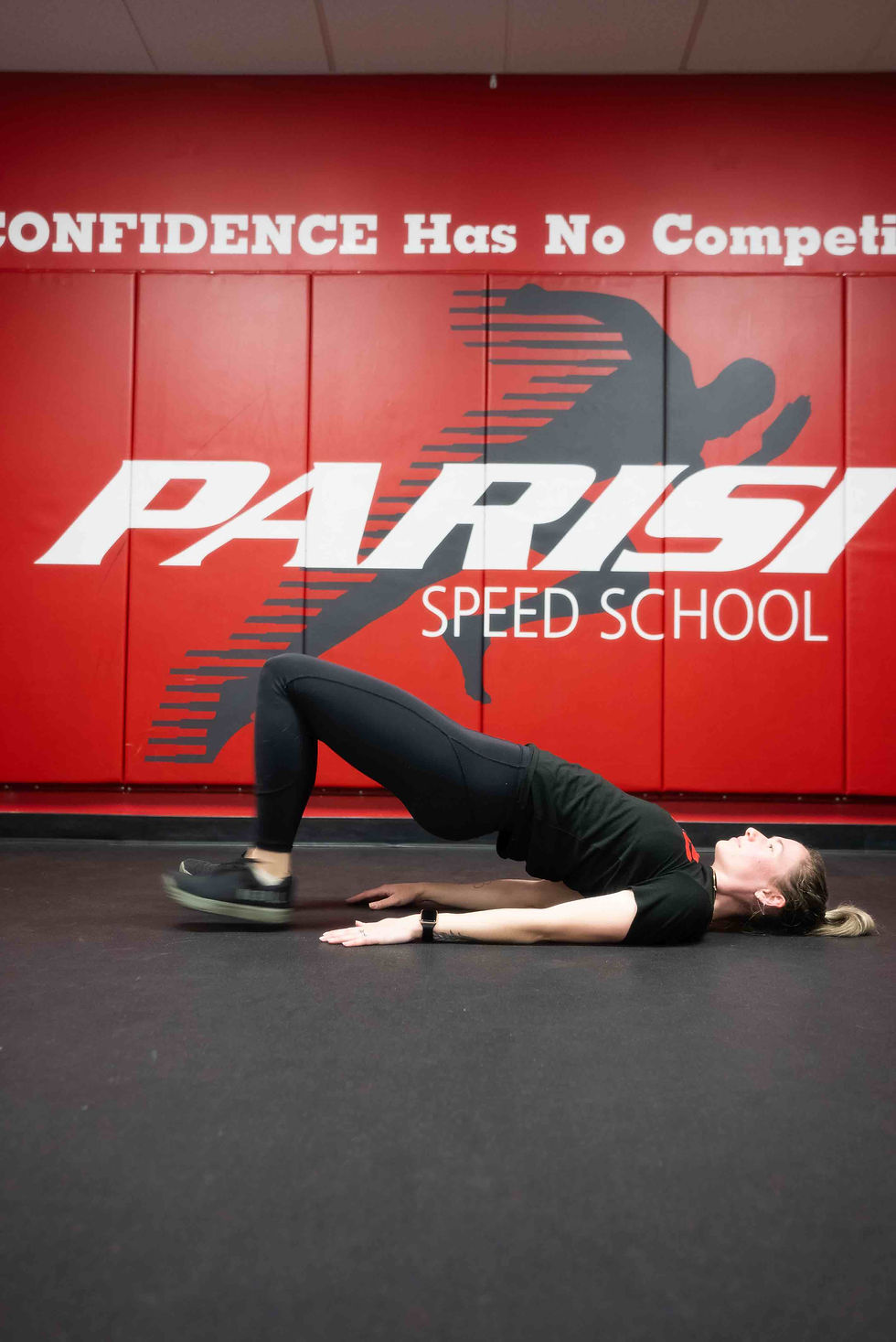The Glute Ham Raise: A Game Changer for Youth Athlete Development
- Paul David
- Nov 2, 2023
- 3 min read

Commonly found in Collegiate and Professional Sports weight-rooms, the glute ham raise is a piece of equipment that can provide immense value. While traditional exercises like squats and deadlifts are effective, the glute ham raise offers specific biomechanical benefits that are particularly beneficial for the younger athlete.
Biomechanical Benefits of the Glute Ham Raise
The glute ham raise isn't just another exercise; it's a targeted movement that hones in on the posterior chain - the glutes, hamstrings, and lower back. These muscles are crucial for explosive power, speed, and stability, which are essential for almost every athletic endeavor.
Isolation of Posterior Chain Muscles: Unlike compound movements that involve multiple muscle groups, the glute ham raise directly targets the hamstrings and glutes. This focused engagement allows for the strengthening of these muscles in a way that other exercises cannot replicate.
Reduced Spinal Load: For youth athletes whose spines and skeletal structures are still developing, minimizing heavy loads is crucial. The glute ham raise strengthens the lower body effectively without placing undue stress on the spine, making it a safer alternative to heavy squats and deadlifts.
Eccentric Strength Development: The lowering phase of the glute ham raise emphasizes eccentric strength in the hamstrings, which is vital for deceleration and control in sports movements. This eccentric loading can also help to prevent hamstring strains, which are common in young athletes.
Improved Posture and Core Stability: The positioning of the body during the glute ham raise requires the core to stabilize the torso, which can improve overall posture and core strength - both critical elements for athletic performance and injury prevention.
Enhanced Proprioception: The nature of the movement improves proprioception, or the body's ability to sense its position in space, which can lead to better body control during dynamic sports activities.


Regressions and Modifications
While the glute ham raise is an excellent tool for development, not all youth athletes may be able to perform it with proper form initially. Here’s a series of regressions and modifications to ensure safety and proper muscle engagement:
Assisted Glute Ham Raise: Use bands or a partner to provide assistance during the raise. This can help athletes who lack the strength to complete the movement on their own.
Eccentric Glute Ham Raise: Focus on the lowering phase of the exercise only. Starting from the top, control the descent as slowly as possible, then return to the start position without performing the concentric portion.
Partial Range of Motion: Begin with a shortened range of motion and gradually increase as strength and control improve. This can be particularly helpful for athletes who struggle to maintain form throughout the full exercise.
Glute Bridges: If the glute ham raise is too advanced, glute bridges can help to build basic posterior chain strength. These can be done on the floor with body weight or added resistance.
Romanian Deadlifts with Dumbbells: Using lighter weights, this variation of deadlift focuses on the hamstrings and glutes with less spinal load than traditional deadlifts.
Stability Ball Hamstring Curls: These can help to develop hamstring strength and control in a more controlled, lower-impact environment.

By focusing on the specific biomechanical advantages of this exercise and ensuring that modifications are made when necessary, coaches and trainers can help youth athletes build a solid foundation for their future in sports. Remember, technique is paramount, and progression should always be based on the athlete’s individual capacity and performance.
Questions? Email us at info@parisispeedschoolsd.com or text us at 858-695-9960













Comments